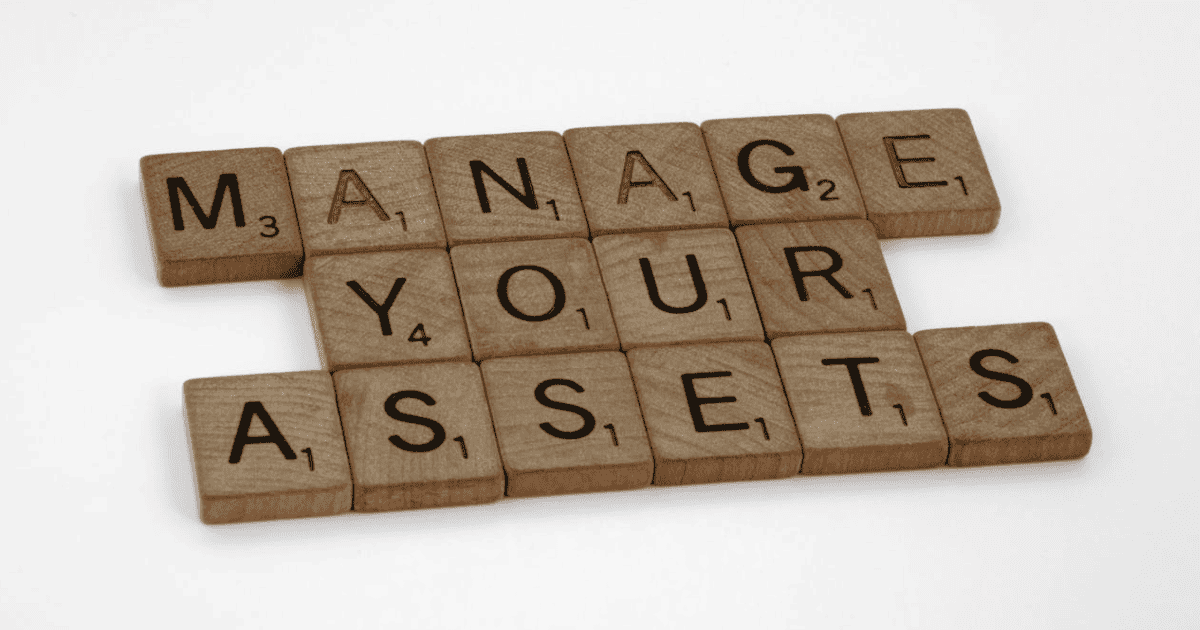Last Updated on 13 June 2023 by admin
Table of Contents
Organizations are becoming increasingly worried about the expanding attack surface and how to safeguard it as digital perimeters constantly grow and change. CISOs, security teams, and IT leaders are striving to secure the evolving attack surface by systematically mapping their digital assets, and running scans to mitigate potential vulnerabilities.
Attackers are continuously attempting to find a weakness or entry point in one of the many pieces that make up your internet-facing perimeter. Any one of those digital assets may have vulnerabilities that a threat actor can exploit which could lead to extracting data.
What is an attack surface?
The attack surface refers to the sum of all possible security exposures that an attacker could use as an entry point to penetrate a system or network. They are hyper-dimensional, constantly changing, and can grow rapidly, making them notoriously difficult to manage. The larger the attack surface, the more opportunities an attacker has to find and exploit vulnerabilities.
Due to the cumbersome nature of the attack surface, the role of CISOs has become one of the toughest and most demanding in the business world. In fact, nearly 80% of senior security and IT leaders lack confidence in their cyber security posture.
What are the types of attack surfaces?
Any systems or networks that hold and/or access sensitive and/or privileged information must be thoroughly inspected for security weaknesses. Below we look at what an attack surface includes:
Digital Attack Surface
This refers to the total vulnerabilities on the hardware and software – everything outside of the firewall where internet-facing assets such as websites, code, ports, email servers, and mobile applications are located. External digital assets can be known or unknown to you, and a common issue is the presence of shadow IT which can pose considerable risk to your security posture.
Physical Attack Surface
This refers to endpoint devices like mobiles, desktop systems, or USB ports for example. As we move towards an increasingly digital future, businesses are using a wider variety of devices and in higher volume, providing more opportunities for an attacker to gain access to sensitive data and cause a ransomware attack.
Human Attack Surface
People can also be included in the attack surface too; this is called the human attack surface. Employees must understand their IT environments and be aware of potential dangers. Human error is one of the most common causes of data breaches today, with social engineering attacks like phishing being one of the most prevalent.
What is an attack vector?
Attack vectors are the individual exposures or vulnerabilities that make up the external attack surface. Using these exposures as pathways (or methods of attack), malicious actors can circumvent access controls to exploit, and steal data from an authenticated digital environment.
What are examples of common attack vectors?
- Weak passwords
- Compromised (weak or stolen) credentials
- Phishing emails
- Malware
- Ransomware
- Misconfiguration
- Insider threats
- Missing or poor encryption
- Third-party vendors
Attack surface analysis
The goal of attack surface analysis is to identify the assets in your digital perimeter that need to be examined and tested for security vulnerabilities. Mapping your attack surface using attack surface discovery visualizes the assets that comprise your digital perimeter. This involved using asset discovery tools to identify your known and unknown internet-facing assets to create an accurate asset inventory.
Attack surface analysis helps IT and security teams to identify immediate and potential future security weaknesses. Once the initial mapping and visualization phase is completed, steps can be put in place to mitigate identified vulnerabilities. Typically this requires a risk assessment which can be prioritized by asset criticality. Using penetration testing or vulnerability scanning will provide a more granular list of areas to remediate.
How to reduce your attack surface
Attack surface analysis consists of identifying, tracking, and managing assets. This has become a universal concern for many CISOs and IT leaders – irrespective of their size or sector. Real-time end-to-end visibility of the evolving external attack surface provides a birds-eye view of your digital ecosystem, allowing for better risk-detection and response – so it is fast becoming a necessity to help reduce your attack surfaces.
The ultimate aim is to reduce the number exposures or entry points that could pose a security risk. It’s an ongoing challenge that forms part of any modern vulnerability management process.
What is attack surface management and why is it important?
Attack surface management (ASM) tools provide continuous security monitoring and management of your attack surface and the vulnerabilities that contain, transmit, or process your data.
It enables organizations to map, track, understand and analyze their threat landscape – empowering them to think like an attacker. ASM provides optimum security coverage, providing insights on:
- What the components of your attack surface are
- Where the attack vectors and exposures are located
- How to secure your organization from future data breaches and cyber attacks
Visibility (and analysis) of your threat landscape is not only important but necessary for resilience against today’s threats. The internet is everywhere now, and so is the threat of attack. Security strategies become meaningless if you aren’t aware of your precise vulnerabilities making ASM one of the best security practices across the board.
Summary
Understanding your attack surfaces is key to cyber resilience and avoiding a data breach. understanding the attack surface is essential for organizations and individuals aiming to protect their digital assets. By being aware of the vulnerabilities and implementing appropriate security measures, one can effectively reduce the risk of unauthorized access and potential breaches. Stay proactive, follow best practices, and continuously educate yourself to stay one step ahead of potential threats.
A solution like ASM will empower you to take the reins and reform your cyber security strategy, all the while helping you achieve compliance with new and changing data security stands.
Frequently Asked Questions
Why is understanding the attack surface important?
Understanding the attack surface helps identify vulnerabilities and implement appropriate security measures to protect systems and networks from potential threats.
What are the components of an attack surface?
The components of an attack surface include the network attack surface, software attack surface, and physical attack surface.
How can the attack surface be reduced?
The attack surface can be reduced by regularly assessing vulnerabilities, applying security patches, following the principle of least privilege, implementing secure configurations, and educating employees about cybersecurity.
What are some best practices for attack surface management?
Best practices for attack surface management include regularly assessing vulnerabilities, staying updated with security patches, implementing the principle of least privilege, configuring systems securely, and educating employees about cybersecurity.





